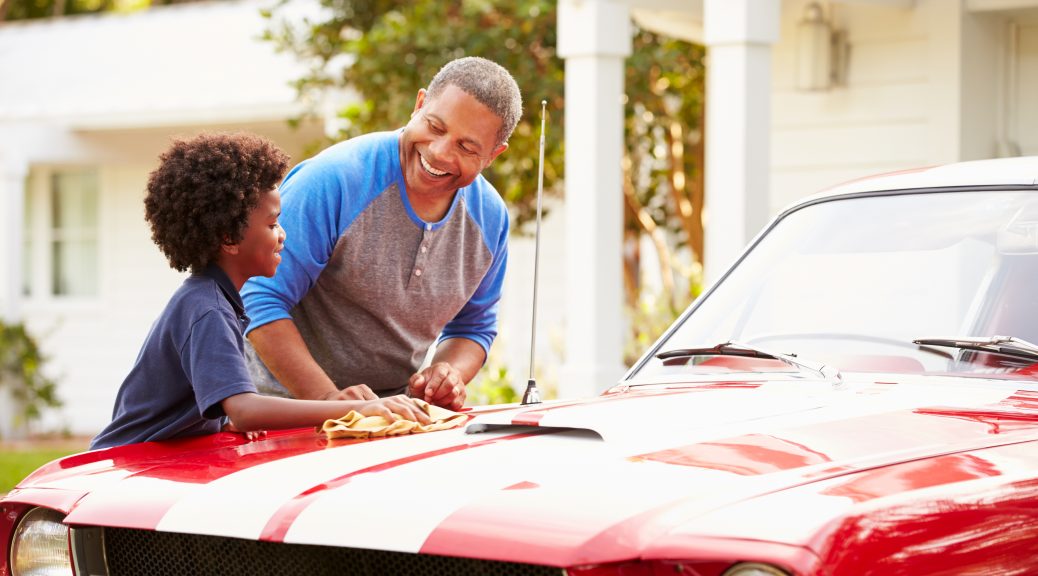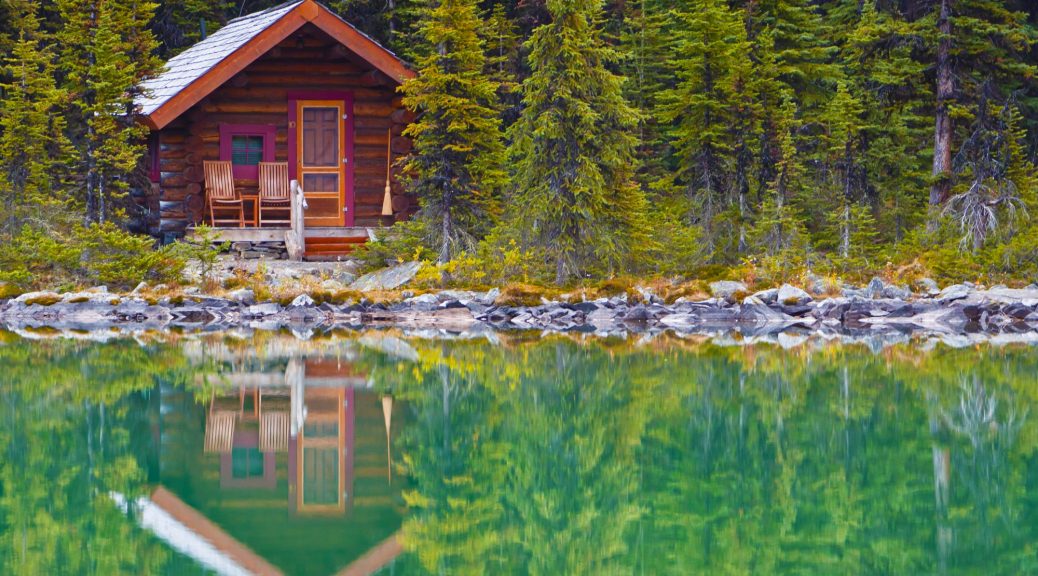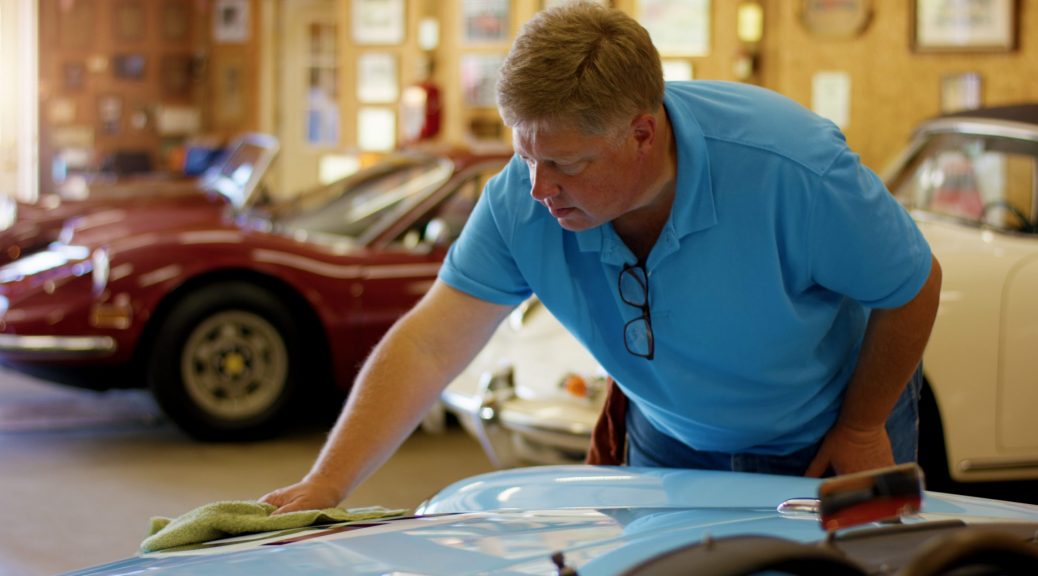Summer is motorcycle riding season but also bike theft season. According to National Insurance Crime Bureau, of all thefts, less than half are recovered. The NICB study indicates there were 22,403 motorcycles recovered, a 42 percent recovery rate in 2020. Rick Drewry, our Senior Training Specialist for all-things Collector Car & Motorcycle, has several easy tips to help prevent your motorcycle from being stolen.
- Lock it. Take the key out of the ignition which prevents your motorcycle from starting. Then lock the front fork lock, which will lock the front suspension. Locking the front suspension will push your bike in circles if someone tries to steal it.
- Park under a well-lit area. If you stop for dinner while traveling, make sure your motorcycle is within sight. You could even ask for a window seat so you’re able to see your motorcycle.
- Trailer the motorcycle to your destination. Back the trailer up to a secure wall. If you have a ramp, the wall will keep it from opening up if someone tries to steal the motorcycle out of the trailer.
- Bring important documents. Keep your registration and insurance card in your purse or wallet, but not in the motorcycle. Keep your title at home.
- Keep track of accessories. Take photos or have a list of all your accessories in case there is a theft.
Don’t let motorcycle theft ruin your summer. Stay one step ahead with these tips to keep your two-wheeled beauty safe and sound.
For information only. Not applicable to all situations.
Sources:
https://www.nicb.org/news/news-releases/motorcycle-thefts-surge-30-percent-2020
















